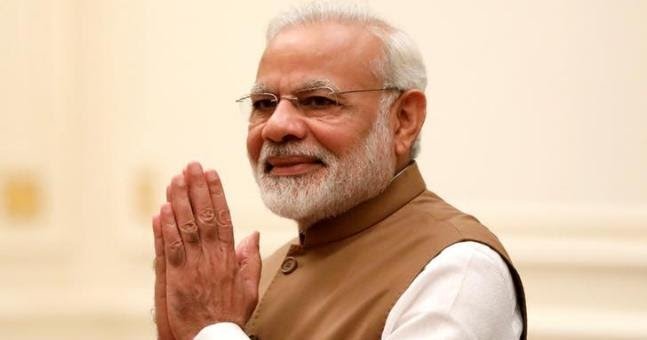[ad_1]
 |
| Image Credit: India Today |
The weather is tense in the political sphere with general elections just months away, also as the momentum builds up the tension is anyway going to rise. In such times of crisis, when the government is facing allegations for wrongfully benefitting an industrialist in a defense deal, analyzing the policy of the government on merit is like pushing oneself towards the vortex of the hurricane as it always entails the danger of being labeled as ‘bhakta’. But then, of course, such things can always be skirted away from by using sheer objectivity keeping out personal biases, or so any rational mind would believe. This article does not pass any value judgment on capitalism or socialism but highlights the inconsistency in the saying and doing of present government which promised ‘minimum government, maximum governance’, and has been awarded the title of ‘soot boot ki sarkar’.
Though our country adopted the policy of ‘liberalization, privatization, and globalization’ but it could never really commit to the liberalization and privatization part of it and ended up being a socialist economy which was integrated to the global economic system. Since 1991 we have been moving in a circle around liberalization and privatization. Taking one step ahead and two step backward, unsure whether we even want such liberal economy and private players or not (it is pertinent to recall that this major switch in the economy was not voluntary but, was forced by international institutions in exchange for providing the bailout package to India’s rusty economy). But this inconsistency and dichotomy did not look to be present in the ideology of the present government while it was campaigning in 2014 as it openly promised the three D’s (disinvestment, de-regulation, and de-licensing) once it takes the pilot’s seat in an effort to boost economic growth.
But everything has been downhill ever since, at least from the perspective of those voters who voted with the hope that the contemporary government will make the market more accessible and privatized. It was assumed that government will do major disinvestment from that PSU’s which had become a burden on the national treasure. The march of Prime Minister towards seven Race Course Road was seen as a march towards the revival of classical liberalism, the advent of capitalism, and away from the socialist pattern of governance. In all the beginning of the end of ‘welfare state’. But to the utter dismay of all, in front of their eyes, the Prime Minister took a turn from Race Course Road to ‘Lok Kalyan Marg’ which was never a part of the route plan.
While he was seen as a champion of ‘liberalism’ and everything else that Western countries stand for, Narendra Modi has betrayed that image of his, much like Nobel peace prize laureate and Myanmar Prime Minister Aung San Suu Kyi who was portrayed as the champion of ‘democracy’. The idea of Neo-liberalism stands for less state intervention and its minimal role in society. Though it a controversial issue that how unfettered can the capitalism go under neo-liberalism but, one thing that is for sure is that it favors less government spending, less intrusive government, less taxation, and the increased role of private sector. These features are really the touchstone to determine the purity of ‘neo-liberal thought’ of an individual or a nation. The expectation was such that Narendra Modi was seen to India what Margret Thatcher was to UK and Ronald Reagan to the US but destiny had something else to offer.
[ad_2]
Source link

